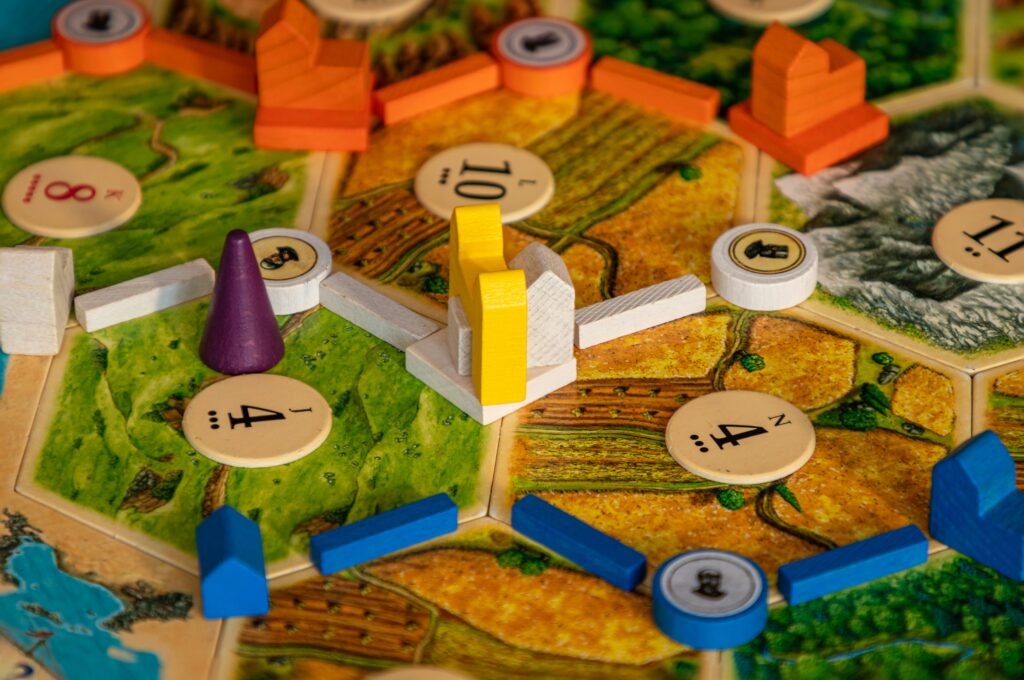Esports analysts do more than just talk over gameplay. They dig deep into data, scout team tendencies, pour over player footage, and bring sharp tactical breakdowns to the audience. Before matches, they research win rates, map preferences, past matchups, and meta trends. They show up already knowing what each team is likely to try.
Live, they pivot fast. As the action unfolds, they break down plays in real time, explain sudden shifts, and keep things grounded for viewers who may not follow every frame. It’s less about hype, more about clarity. And afterward, analysts dissect what worked, what flopped, and why. Their role is to tell the story under the surface that casual viewers miss.
The good ones influence more than just fans. Teams watch analyst segments too — for insight, scouting, or sometimes motivation. A solid piece of analysis can change how a team prepares. That’s the impact: better-informed audiences and smarter players. Not bad for a role that still doesn’t always get the spotlight.
Scouting teams today isn’t about just watching VODs and piecing together guesses. The meta shifts fast, and staying up-to-date matters more than ever. Analysts and coaching staff dig into recent performances, looking for patterns in decision making, draft behaviors, and how teams adapt under pressure. It’s all about identifying where a team is comfortable—and where they break.
Breakdowns go deep. Player stats get sliced by role, champion comfort, laning phase control, and late-game impact. Champion picks aren’t random—they reflect the meta, team identity, and individual player pools. Map win rates tell which sides and modes teams lean on, especially when matched up against top-tier opposition. Patch notes also weigh heavy, especially around playoffs or international events. A single balance change can flip a team’s power level.
The best analysts don’t rely on instincts alone. Tools like Oracle’s Elixir, Probuilds, Games of Legends, and in-house scrim data help create a clearer picture. They build heat maps, jungle pathing trends, and player vision control stats. It’s real detective work, but the goal stays simple: find the cracks before game day.
Understanding a high-level League of Legends match means looking past flashy outplays and leaning into the early-game blueprint. Rotations, lane priorities, and vision control are where games often tip before 10 minutes. The best players and teams don’t just react; they plan. Jungle pathing, wave setup, and where that first ward gets dropped — it’s all connected.
Analysts read early plays like a playbook. If a team gives up early pressure to trade for a better dragon setup, that’s macro—thinking bigger than the 1v1. Vision isn’t about seeing; it’s about timing. When and where you get vision tells you a lot more than just what’s on the screen. Counterganks and tower dives are less about instinct and more about tempo and map reads.
The real skill is knowing when an aggressive move is mechanically brilliant versus strategically genius. Was that jungle invade clean because of mechanics—or because they knew the enemy had no prio and just reset their support? Analysts track these patterns. It’s rarely luck. It’s often layers of planning covered by a clean highlight reel.
Smarter VODs and In-Depth Breakdowns
As esports grows, so do the tools available to analysts and content creators. Game replays and post-match breakdowns are no longer just about watching the highlights. Now, they’re enhanced by advanced visual layers, predictive analytics, and deeper context that help fans understand not just what happened, but why it mattered.
Advanced Replay Tools Are Changing the Game
Modern VOD tools offer more than just pause, rewind, and slow motion. New features are turning passive rewatching into a rich, informative experience.
- Custom observer modes let creators highlight specific players or teams
- Replay timelines allow audiences to jump between key moments
- Stat overlays show real-time metrics like gold per minute, objective control, and team damage
These tools give analysts the power to explain tempo, decision-making, and momentum shifts as they happen.
Predictive AI Is the New Assistant Coach
Artificial intelligence has made its way into content creation. Predictive tools now break down likely game paths and suggest win probabilities based on real-time stats.
- AI-driven prediction engines analyze thousands of gameplay patterns
- Efficiency metrics rate players on impact beyond raw numbers
- Heatmaps and path forecasts help visualize decision-making at scale
These tools help creators combine technical breakdowns with accessible and entertaining insights.
Great Analysis Still Needs a Human Touch
Stats can tell you what happened — but they don’t always explain why. The best analysts go beyond numbers to find the narrative that hooks audiences.
- Connect data with player psychology, game context, and team history
- Use storytelling to unpack the emotional turning points of a match
- Offer viewpoint shifts: what the pros might have been thinking, and how strategies evolve mid-game
Smart data adds clarity, but great content comes from perspective. In 2024, successful esports creators will pair technology with storytelling to turn replays into gripping narratives.
Breaking down high-level play isn’t just about calling out flashy moves. To really understand what separates a winning team from a losing one, vloggers are leaning on replays, heatmaps, and layered analysis. Decision trees—why a player rotated mid instead of pushing bot, or why a team passed on a kill for vision control—get clearer when you can literally point to player movement and map data.
Where this gets even more interesting is replaying split-second turning points. Minor missteps—a missed skillshot, late flash, poor timing on a ward—snowball into massive shifts. Creators are spotlighting these chain reactions to add more value to their breakdowns, turning casual viewers into students of the game.
There’s also a growing skill in reading between the frames. Was a draft a disaster because of poor planning or unclear comms? Did the team collapse in chaos, or was it a calculated stall that failed by inches? People are learning to see execution, trust, and timing through subtle cues that don’t show up on the stat sheet.
Want a deeper understanding of how in-game decisions reflect player behavior? Check out this related piece: What Game Economies Say About Player Behavior.
Sharp, informed commentary is becoming essential to the esports viewing experience. For new fans, good analysis is the bridge. It breaks down why certain plays matter, how strategies evolve, and what separates elite execution from casual gameplay. This kind of insight turns passive watchers into invested supporters.
But it goes beyond that. Strong commentary helps elevate the profile of players and teams. Personal stories come to the surface. Viewers start to care not just about who won, but how they got there and why it mattered. This transparency builds trust—and brand recognition—for both individuals and organizations.
Then there’s the cultural side. Great moments in esports get remembered because someone captured the energy in real time. That energy lives in the call. A clutch play, a swing in momentum, an unexpected upset—all of it is amplified by commentators who know when to let the game breathe and when to turn up the intensity. That’s how hype becomes history.
The best esports analysts aren’t the ones shouting over highlight reels or dropping buzzwords every other sentence. They’re the ones who make the game make sense. They see what others miss, then explain it in a way that sticks. Good analysis is grounded in mastery of a title’s mechanics, but also shaped by how clearly that insight gets communicated to a wide-ranging audience.
As games evolve, so does the analyst’s toolkit. Meta shifts, patch updates, and rising talent all demand fresh takes—not recycled talking points. The strongest voices keep up with the game but don’t fall behind chasing every new trend. They find the meaningful patterns, break them down without fluff, and help viewers see the bigger picture.
In 2024, clarity beats flash. The analysts gaining traction know when to dial it back, when to lean in, and most importantly, how to make every word matter. Flash fades fast. Clear thinking lasts.





